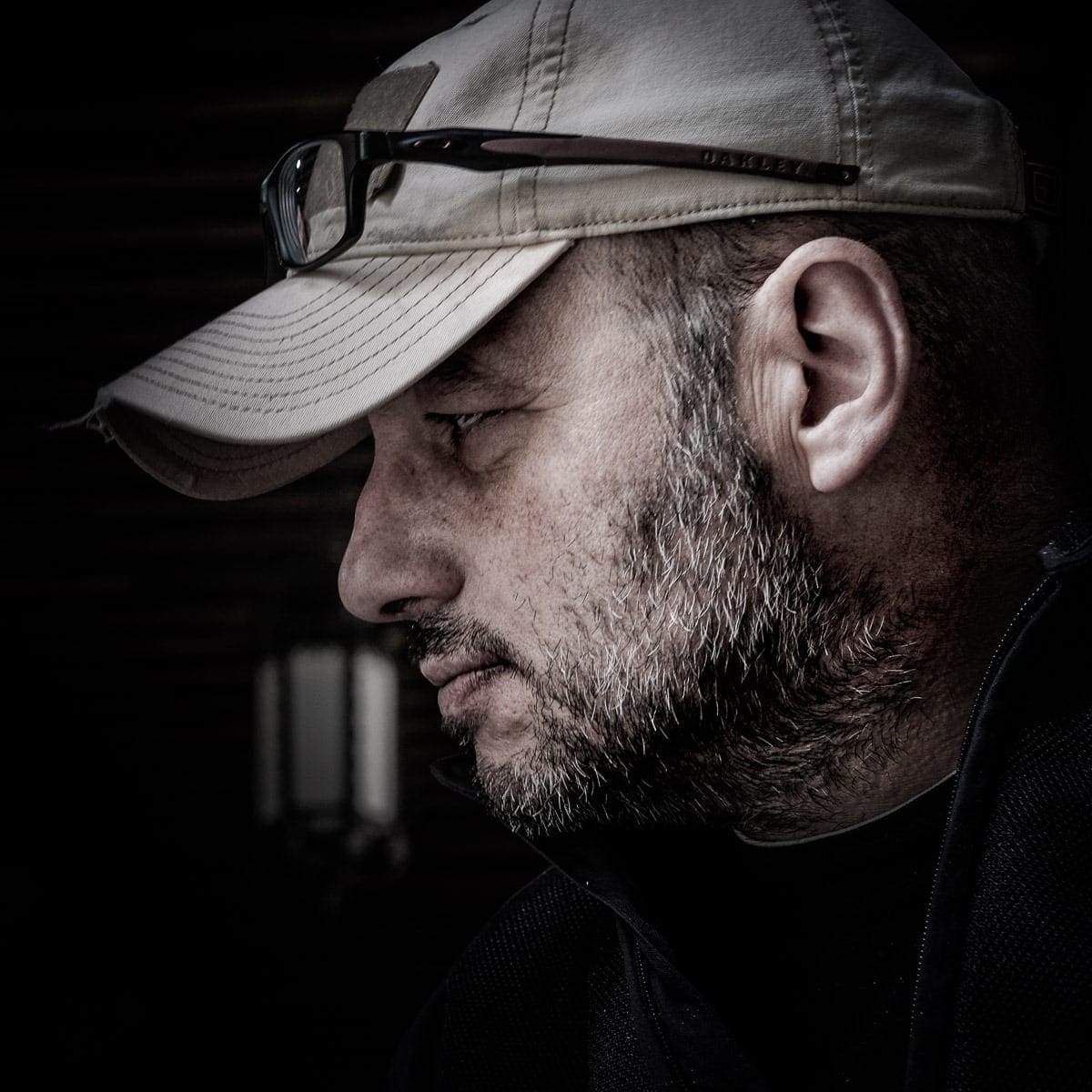Mganga Woodo, in the Swahili language, means the Woodo doctor. But to all forest people, he is “o curandero,” which means “the healer” in Portuguese.
(In Portuguese, “curandeiro” also means quack.)
A highly revered figure in sub-Saharan African communities, it is very often in strong conflict with official African medicine or monotheistic religious cult ministers, effectively creating a strong social contrast, especially for those in the weaker, poorer, or low-literacy population groups.
Everyone is afraid of the healer, and even today many rely on him for minor ills and major dramas. Not only to heal the body but, much more frequently, to balance the spirits.
Traditional medicine
The deep reliance on traditional medicine by less affluent populations is partly the cause of its high costs. But to the socio-cultural setting of much of rural Africa, as well as the ease in sourcing the necessary products from local markets, it is the practice to donate all possessions and money to the healer even if it cannot lead to healing.
Although undeniably some traditional cures seem to be effective against malaria, sickle cell anaemia, hypertension, and some AIDS symptoms, most traditional healers learn their art by direct experience, apprenticeship, and hearsay. And medical training understood as the application of knowledge very often turns out to be inconsistent and incomplete.
The traditional healer, despite recognizing himself in some bloody practices with no proven medical basis, is considered a central element in African culture. So much so that in some areas of the continent, especially those that are more inland and rural, he is the undisputed figurehead and judge even in socio-political matters, and he is credited with the power and authority given the spirits of the dead whose guardian and spokesman he is.
Bloody practices
In reference to bloody and inhumane practices, in Tanzania for example, the belief that an albino person-his or her limbs-has magical powers and healing is still entrenched. And it is so strong that it generates a full-fledged manhunt to sell their blood, bones, organs and every part of their body on the black market, effectively fueling a multi-million dollar business.
The Institute of Traditional Medicine Muhimbili University College of Health Sciences in Dar es Salaam – the administrative capital of Tanzania – has the responsibility to research traditional healing systems in Tanzania. Also to address and try to solve the atrocious hunting of the albino population and the plagiarism of the weaker classes.
In 2001, the African Union declared the period 2001-2010 as the Decade of African Traditional Medicine.


